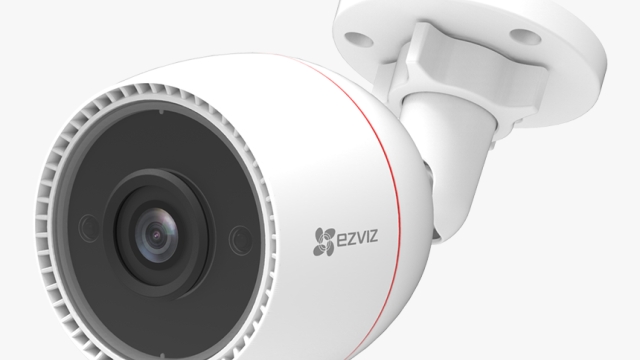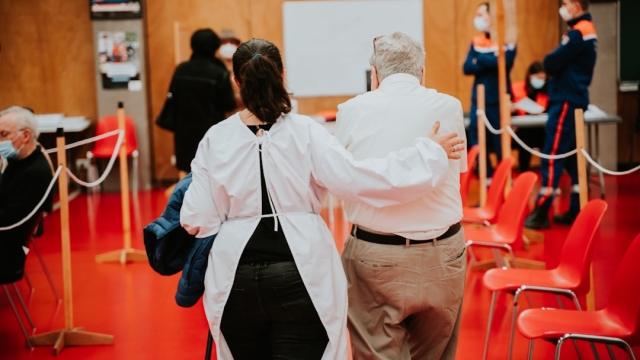
Installing security cameras is an essential step in enhancing the safety and security of both residential and commercial spaces. However, the effectiveness of a security camera system largely depends on proper installation. Understanding the nuances of camera placement, wiring, and configuration can be daunting. This is where expert installation guidance can make a significant difference. In this article, we will explore how to choose the right security camera for your needs, provide a step-by-step installation process, and highlight common mistakes to avoid during installation.
Choosing the Right Security Camera for Your Needs
Before diving into the installation process, it is crucial to select the right security camera that aligns with your specific requirements. Consider the following factors:
1. Purpose of the Camera
Identify the primary reason for installing the camera. Are you monitoring the exterior of your property, keeping an eye on the interior, or both? Understanding the purpose will guide you in selecting the appropriate type of camera, whether it’s an indoor, outdoor, or specialty camera.
2. Camera Type
Security cameras come in various types, such as dome, bullet, and PTZ (pan-tilt-zoom). Dome cameras are often used for indoor settings due to their subtle design, while bullet cameras are ideal for outdoor use, offering longer viewing distances. PTZ cameras provide versatility, allowing users to remotely adjust the camera’s angle and zoom level.
3. Resolution and Image Quality
High-resolution cameras provide clearer images, which can be crucial for identifying faces or license plates. Look for options with at least 1080p resolution for optimal clarity.
4. Night Vision and Weather Resistance
If you plan to monitor areas with low light, make sure the camera has night vision capabilities. Additionally, outdoor cameras should be weather-resistant to withstand various environmental conditions.
Step-by-Step Installation Process for Security Cameras
Once you have chosen the right camera, following a structured installation process is essential for ensuring its effectiveness.
1. Gather Necessary Tools
Collect tools such as a drill, screwdriver, ladder, and any necessary cables. If your camera requires a power source, ensure you have the appropriate adapters or power supplies.
2. Plan Camera Placement
Strategically plan where to place your cameras. Consider areas with high foot traffic or potential blind spots. A good rule of thumb is to install cameras at least 8 to 10 feet above the ground for an optimal field of view.
3. Secure the Mounting Bracket
Use the drill to secure the mounting bracket to the wall or ceiling. Ensure it is aligned correctly and can support the camera’s weight.
4. Connect the Camera to Power and Network
If using wired cameras, run the cables from the camera to the power source and network. For wireless cameras, follow the manufacturer’s instructions for connecting to Wi-Fi.
5. Test the Camera Angle and Configuration
Before finalizing the installation, power on the camera and check the live feed to adjust the angle and ensure it captures the desired area. Make any necessary adjustments at this stage.
Common Mistakes to Avoid During Installation
While installing security cameras can be straightforward, several common pitfalls can undermine their effectiveness:
1. Poor Camera Placement
Failing to consider the camera’s field of view can result in blind spots. Take the time to evaluate the area before installation.
2. Neglecting Power Supply
Ensure that cameras are placed within reach of power sources or have reliable battery life if wireless. A camera that doesn’t have power will not serve its purpose.
3. Overlooking Network Security
For IP cameras, ensure that your network is secure to prevent unauthorized access. Change default passwords and use encryption where possible.
By following these guidelines and seeking expert installation guidance when needed, you can significantly enhance the effectiveness of your security camera system. Proper installation not only ensures optimal performance but also provides peace of mind in knowing your property is being monitored effectively. For more detailed assistance, consider consulting professionals who specialize in security camera installation. They can provide valuable insights and expertise, ensuring your system is set up for success. For more information, visit this resource.
https://worldstarsecuritycameras.com/security-cameras-sales/



